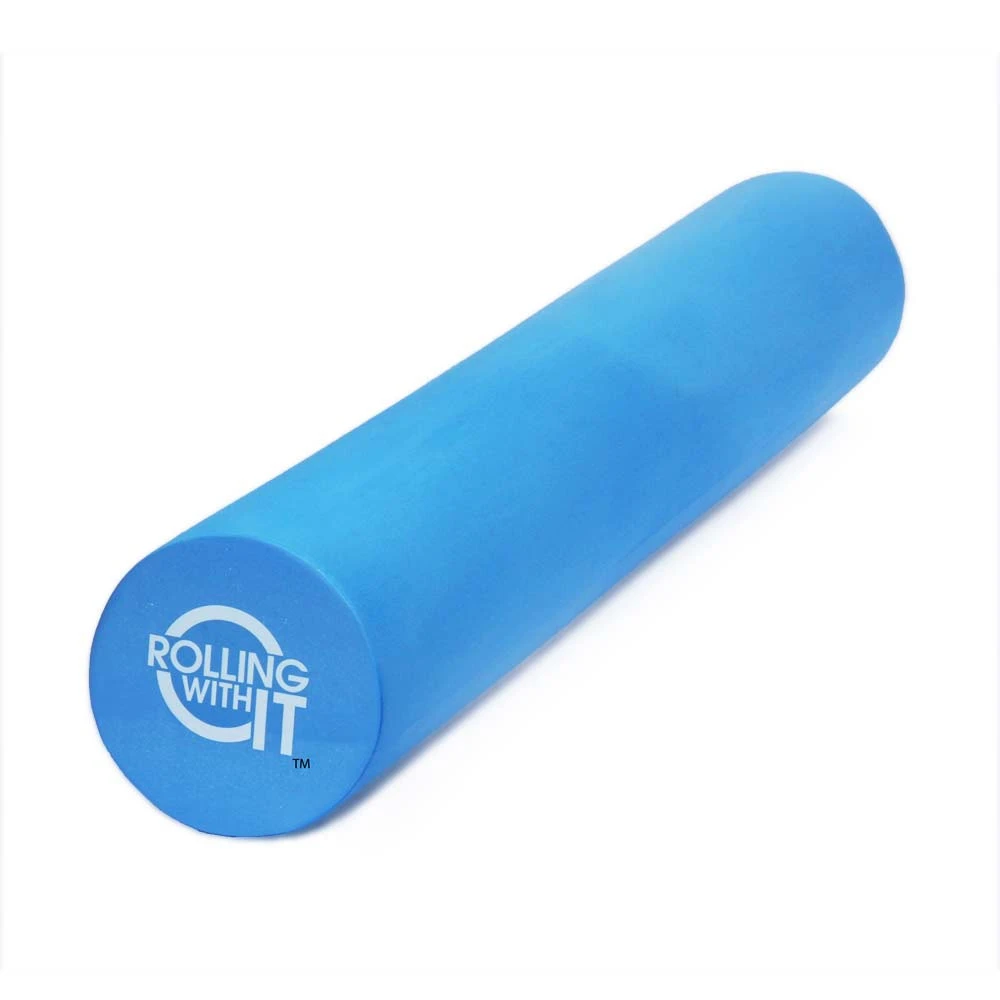Foam rolling is everywhere these days! I am giving another event this month, and I believe it is very important to address the most common mistakes people make when using the Foam Roller. Foam rolling is a self-myofascial release that helps to get rid of adhesions in the muscles, connective tissue, and fascia. It also increases blood flow to all muscles which creates better mobility, helps with recovery, and improves performance.
If this all sounds great to you, you are not alone! Foam rolling is a wonderful way to increase mobility and decrease pain….but only if used the correct way. If it is not, you pose the risk of irritating and injuring your body further. Here are the 4 most common foam rolling mistakes people make:
1. Rolling directly where you feel pain. Typically, when we feel pain our first inclination is to massage that spot directly. This could be a big mistake! Most of the time, pain is a result from tension imbalances in other areas of the body. For example, the IT band is a common area people tend to roll. While it may feel good, you will NOT relax and/or release the IT band. The IT band is not pliable as it is a strong piece of connective tissue. Instead, when you find a sensitive spot, ease away from that area by a few inches. The idea is to work on a more localized region around the sore areas before using large motions with the roller. When trying to “release the IT band”, work on primary muscles that attach to the IT band, such as the gluteus Maximus and tensor fascia latae (runs along outer thigh).
2. Rolling too fast. Rolling too quickly will not eliminate any adhesions. In order for the muscles to relax, you must give your brain enough time to tell them to do this. Go slower so the superficial layers have time to adapt and manage compression.
3. Spending too much time on the knots. You do NOT need to spend 5-10 minutes on the same area. It’s also equally important you do not place all your body weight on the one area either. If you place too much pressure on one section, you may hit a nerve or damage the tissue. In order to avoid bruising, spend about 1 minute on the tender spots and move on.
4. Rolling lower back with foam roller: It is one thing to lay on top of foam roller to help posture. However, rolling the lower back is a big no-no. Your spinal muscles will try to protect the area you are rolling and therefore contract! This is something you want to avoid.
I am so excited to be giving another foam-rolling class on Tuesday Nov 16th after 9:25 am EST Butt and Gut. We will finish about 8-10 minutes early and roll! If you do not have a roller click on the one below (ad) to order! FYI: I use the 18 in. option!
DISCLOSURE: This post contains affiliate links. This means, at no extra cost to you, we make a small commission if you purchase a product through these links. As an Amazon Associate I earn from qualifying purchases. This helps support CGM Fitness. Thank you!


